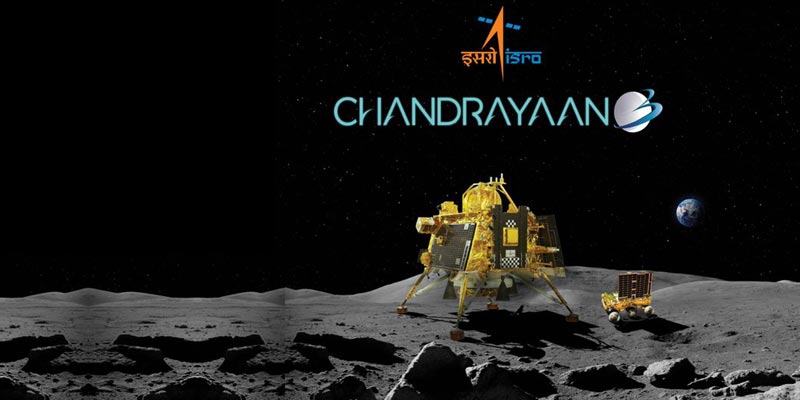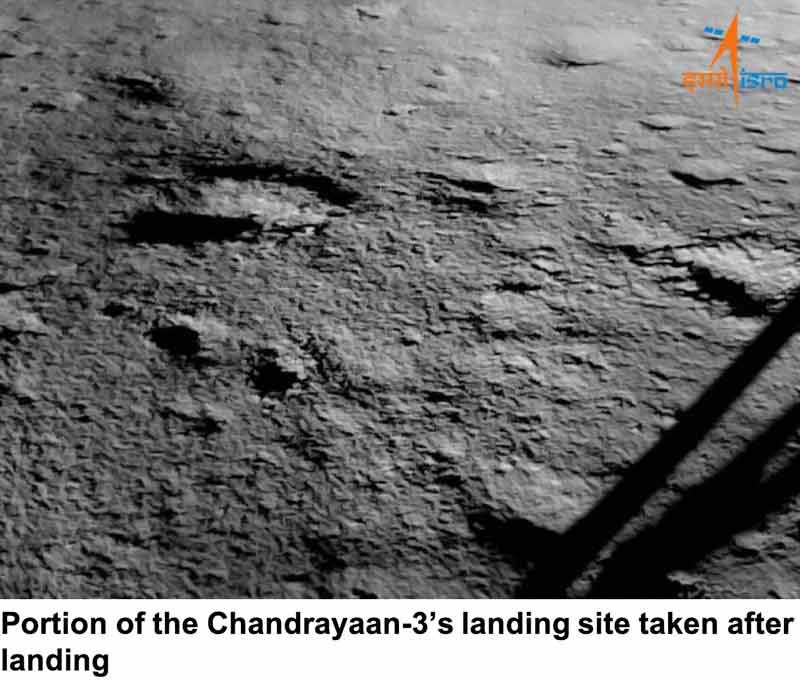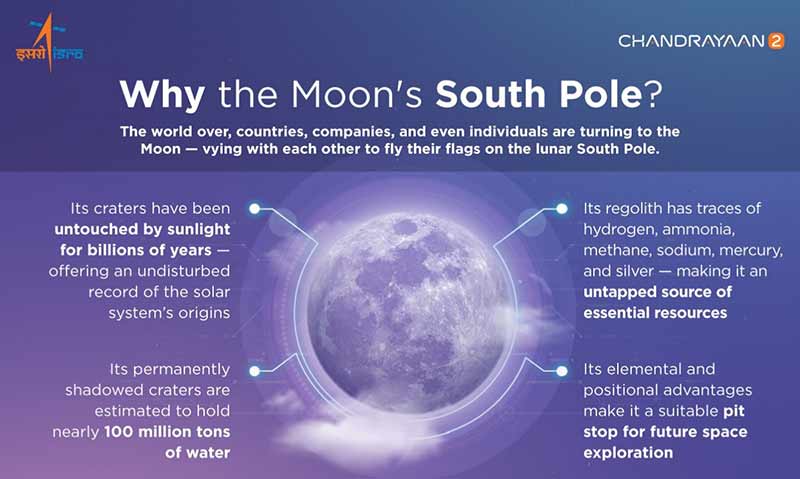- India
- Aug 24
India takes a walk on the Moon
• India’s Moon mission Chandrayaan-3’s Lander Module touched down on the lunar South Pole at 6.04 pm on August 23, making it the first country to land on the uncharted surface.
• The Pragyan rover has rolled out from the Vikram lander and will now roam around the rocks and craters on the lunar surface, marking a successful next stage.
• India is the fourth country to master the technology of soft-landing on the Moon after the US, China and erstwhile Soviet Union.
• ISRO chief S.Somanath said the success of Chandrayaan-3 gives Indian space scientists the confidence to undertake more challenging future missions.
• No country has ever landed on the South Pole that scientists believe could hold important reserves of frozen water and precious elements.
• Russia’s South Pole-bound Luna-25 spacecraft crashed into the Moon on August 20 after spinning out of control.
• A Japanese lunar landing failed in 2022 and an Israeli mission failed in 2019.
India’s lunar exploration missions
• Chandrayaan-1, India’s first mission to the Moon, was launched successfully on October 22, 2008 from Sriharikota to orbit the Moon. It played a crucial role in the discovery of water molecules on the Moon.
• Chandrayaan-2 mission was India’s first attempt to land on the lunar surface. It was launched on July 22, 2019. On September 7, Chandrayaan-2’s Vikram lander lost its contact with ISRO as it was only 2.1 km away from its designated landing spot on the Moon’s South Pole region. The lander Vikram made a hard landing on the lunar surface.
• Chandrayaan-3 was a follow-on mission to Chandrayaan-2 to demonstrate end-to-end capability in safe landing and roving on the lunar surface.
• The Moon’s South Pole region was chosen for the exploration because the lunar South Pole remains much larger than that at the North Pole.
• Indian Space Research Organisation (ISRO) successfully launched Chandrayaan-3 on July 14.
• Post its launch, Chandrayaan-3 entered into lunar orbit on August 5.
• As the mission progressed, a series of maneuvers were being conducted by ISRO to gradually reduce Chandrayaan-3’s orbit and position it over the lunar poles.
• ISRO scripted history on August 23 as Chandrayaan-3’s Lander Module touched down on the lunar surface.
Major modules of Chandrayaan-3
• Chandrayaan-3 consisted of a Propulsion Module, Lander Module (Vikram), and a Rover (Pragyan).
• The main function of the Propulsion Module was to carry the Lander Module from launch vehicle injection orbit to till Lander separation.
• It also carries a Spectro-polarimetry of Habitable Planetary Earth (SHAPE) payload to study the spectral and polarimetric measurements of Earth from the lunar orbit.
• The Lander payload was responsible for the safe landing. Landing on the Moon’s South Pole was a challenging task owing to the uneven lunar terrain.
• The Lander had the capability to soft-land at a specified lunar site and deploy the Rover.
• After soft-landing the the six-wheeled Rover came out of the Lander Module.
• The Mission life of both Lander and Rover is 1 Lunar Day each, which is equal to 14 Earth days.
• The Lander and Rover have scientific payloads to carry out experiments on the lunar surface.
It will study the surface of the Moon through its payloads to derive the chemical composition and infer mineralogical composition to further enhance understanding of the lunar surface.
Lander payloads:
i) Radio Anatomy of Moon Bound Hypersensitive ionosphere and Atmosphere (RAMBHA) - To measure the near surface plasma (ions and electrons) density and its changes with time.
ii) Chandra’s Surface Thermo physical Experiment (ChaSTE) - To carry out the measurements of thermal properties of lunar surface near polar region.
iii) Instrument for Lunar Seismic Activity (ILSA) - To measure seismicity around the landing site and delineating the structure of the lunar crust and mantle.
iv) Laser Retroreflector Array (LRA) - It is a passive experiment to understand the dynamics of Moon system.
Rover payloads:
i) LASER Induced Breakdown Spectroscope (LIBS) - Qualitative and quantitative elemental analysis to derive the chemical composition and infer mineralogical composition to further our understanding of lunar surface.
ii) Alpha Particle X-Ray Spectrometer (APXS) - To determine the elemental composition (Mg, Al, Si, K, Ca,Ti, Fe) of lunar soil and rocks around the lunar landing site.
Manorama Yearbook app is now available on Google Play Store and iOS App Store




